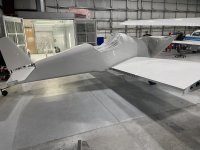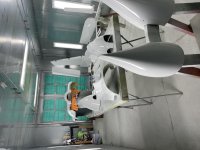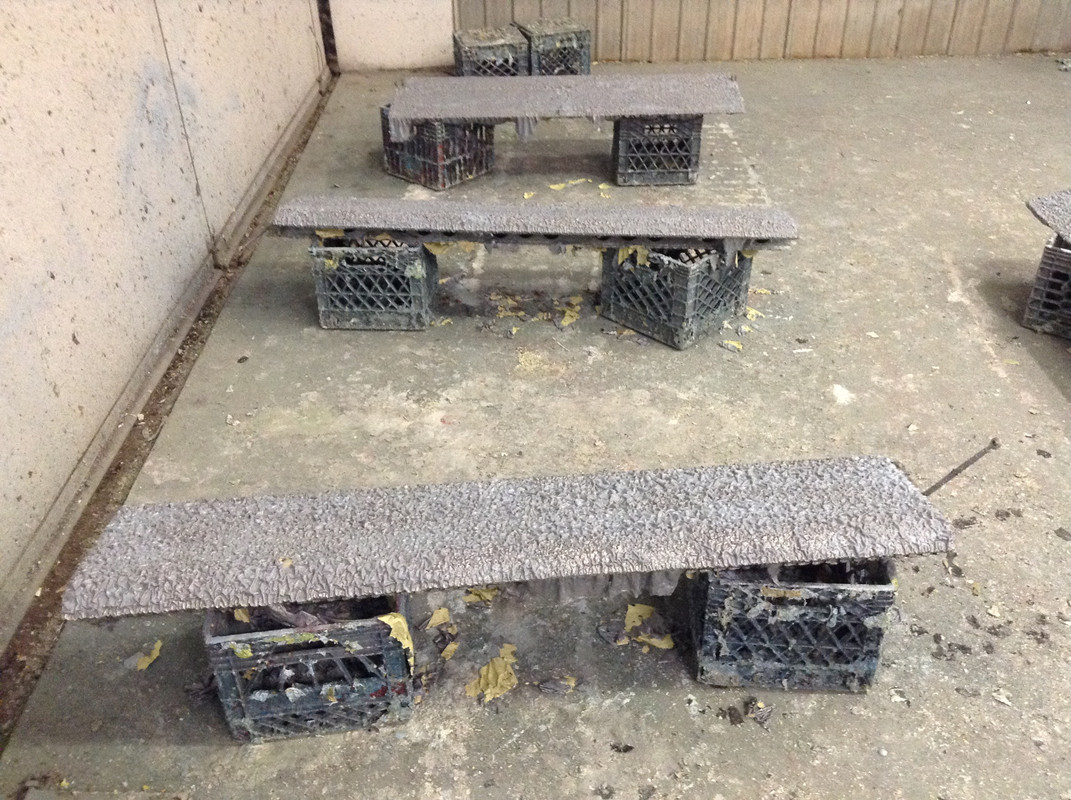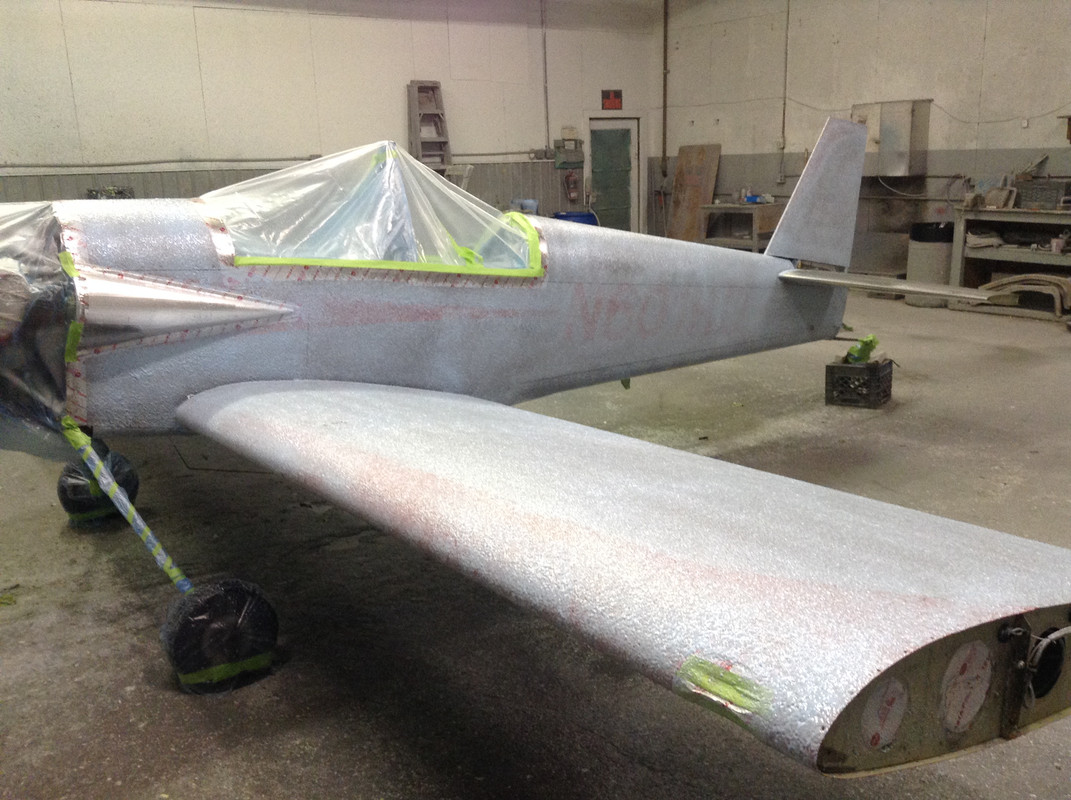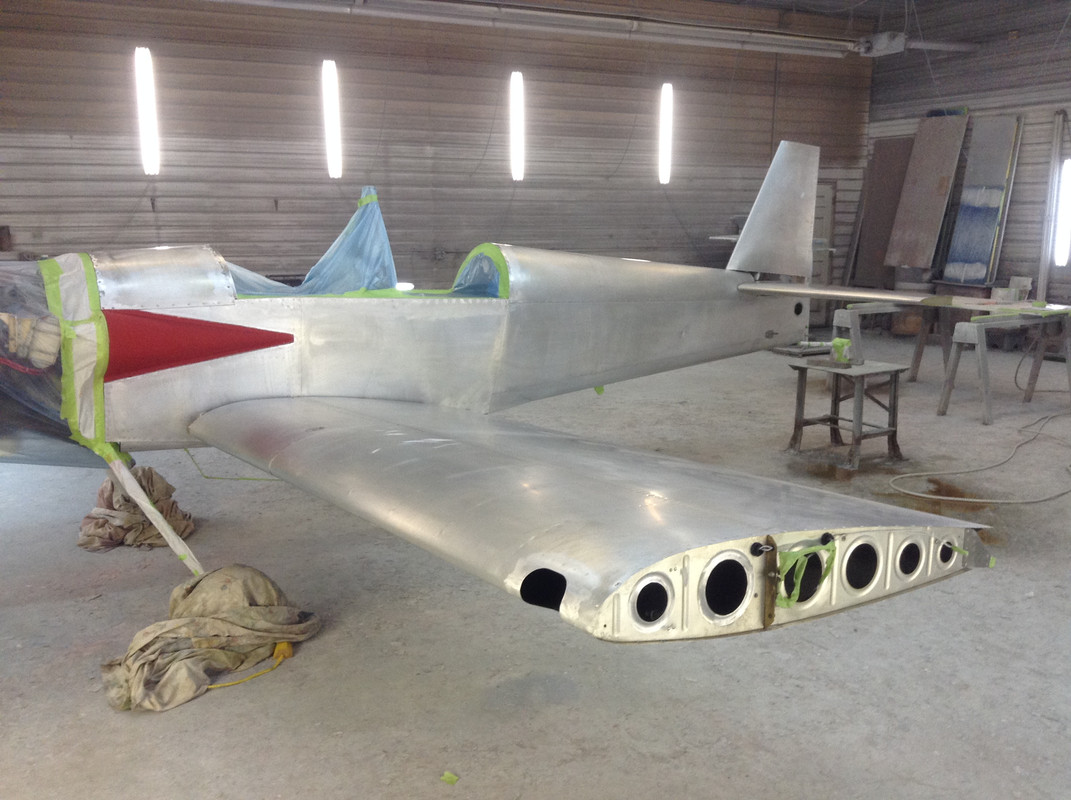So, probably the hardest part of buying an experimental is finding one that was painted "like you would have done it."
I have a good friend that paints high end motor homes for a living. He has been toying with getting into aircraft painting and offered to repaint one if I find one that needs it for the cost of materials.
That said.. stripping it has to be a nightmare..
I think another question would be, for those of you who have done it - could it be done without a complete disassembly of the wings, etc.
Obviously control surfaces would need to be removed..
Just kinda thinking out loud and thought I'd get some thoughts from someone who has been down this road ahead of me.
I have a good friend that paints high end motor homes for a living. He has been toying with getting into aircraft painting and offered to repaint one if I find one that needs it for the cost of materials.
That said.. stripping it has to be a nightmare..
I think another question would be, for those of you who have done it - could it be done without a complete disassembly of the wings, etc.
Obviously control surfaces would need to be removed..
Just kinda thinking out loud and thought I'd get some thoughts from someone who has been down this road ahead of me.



